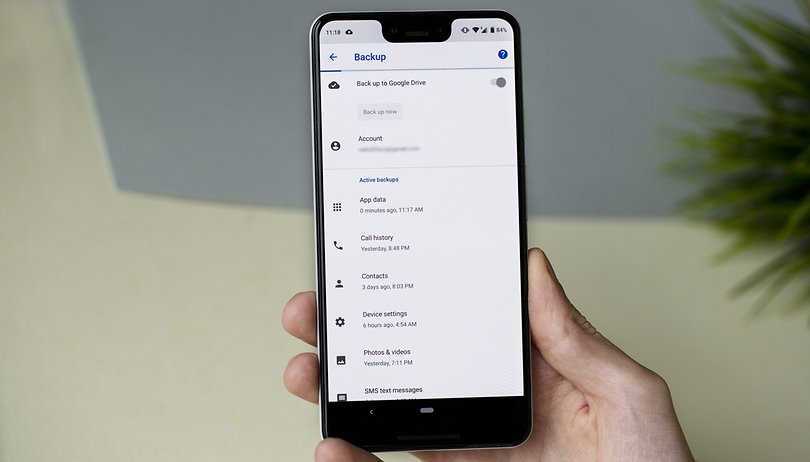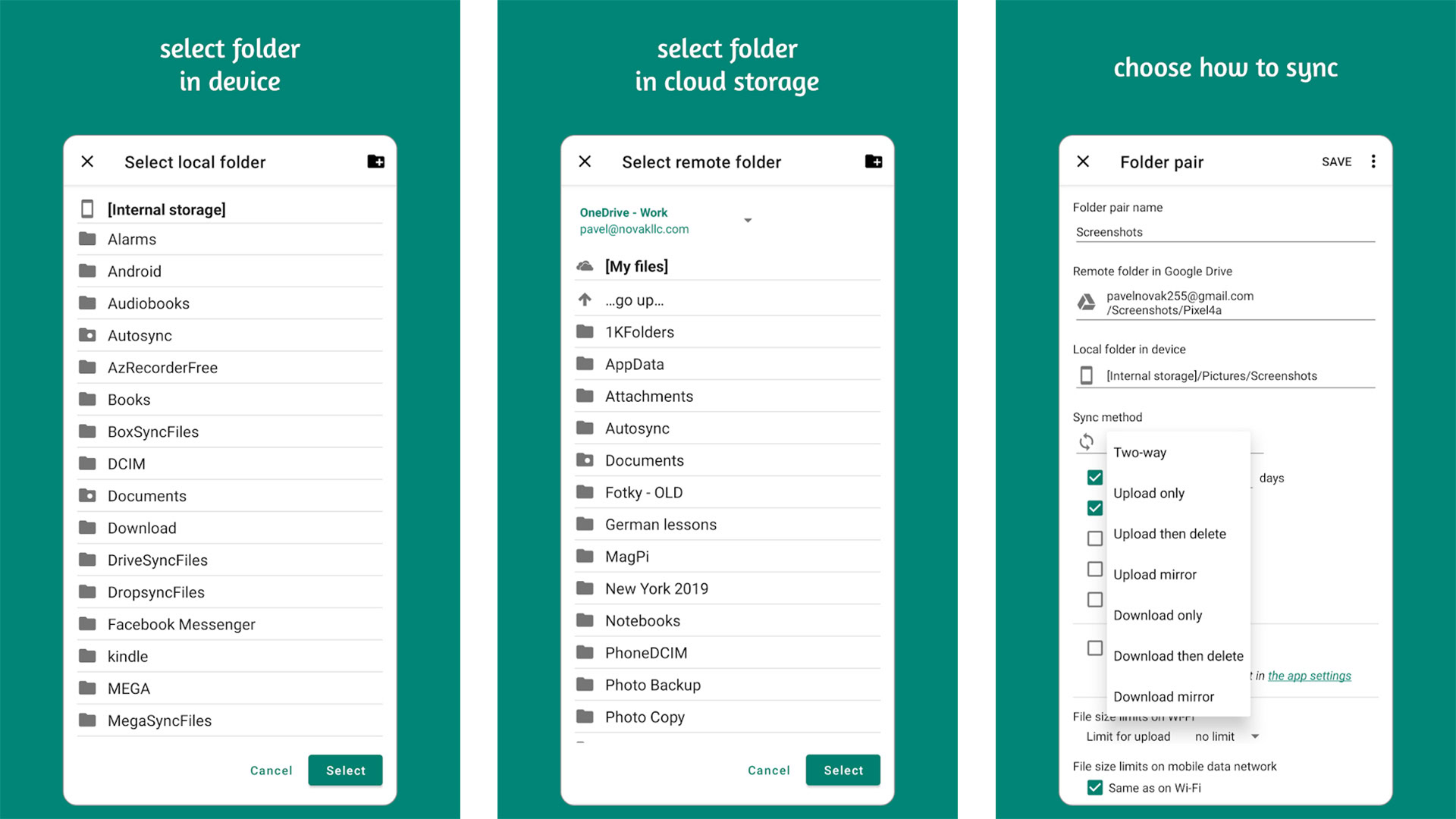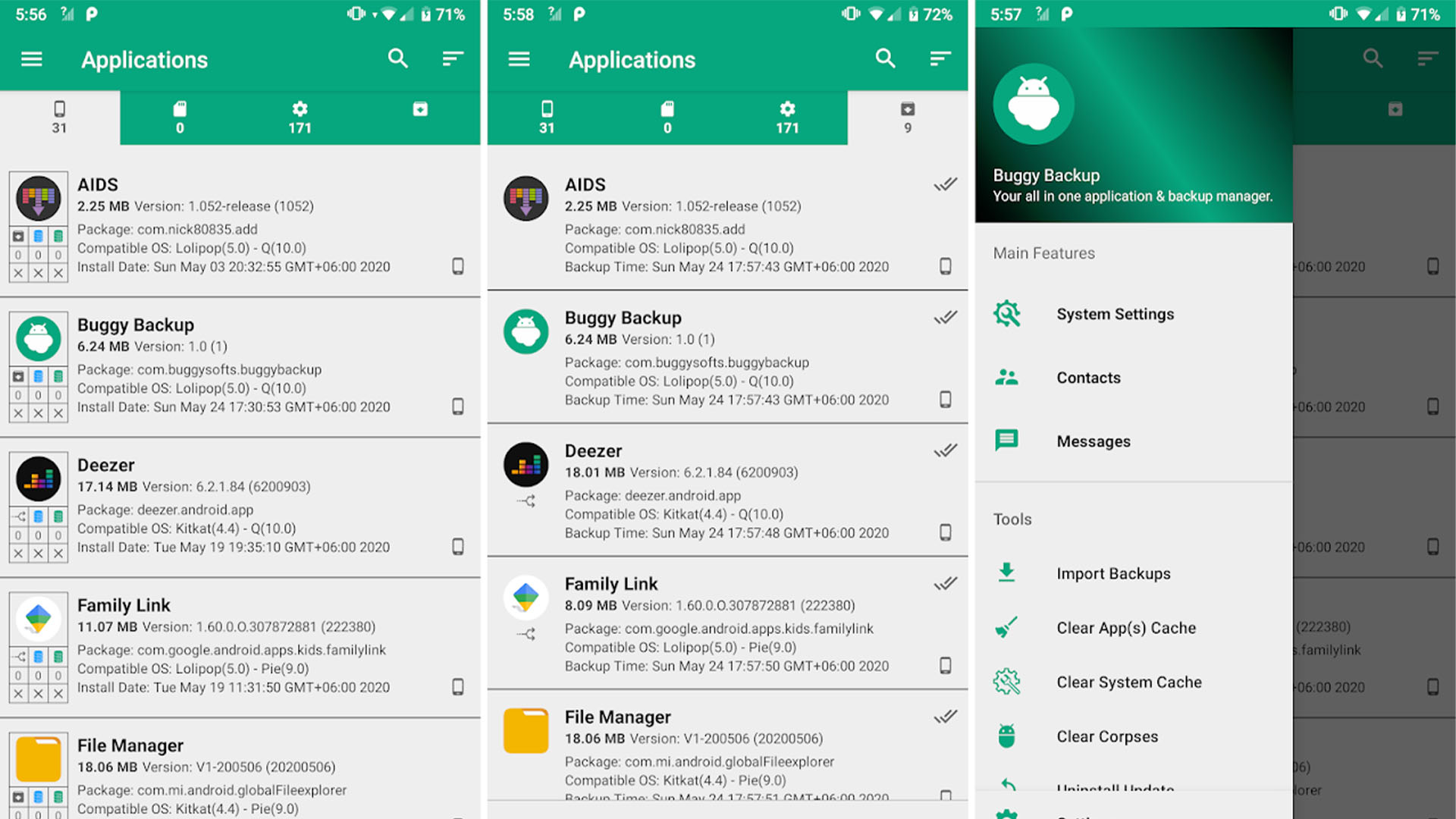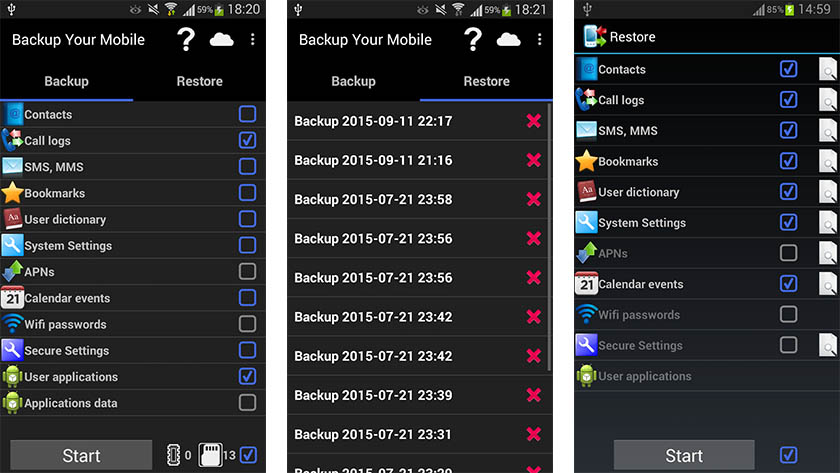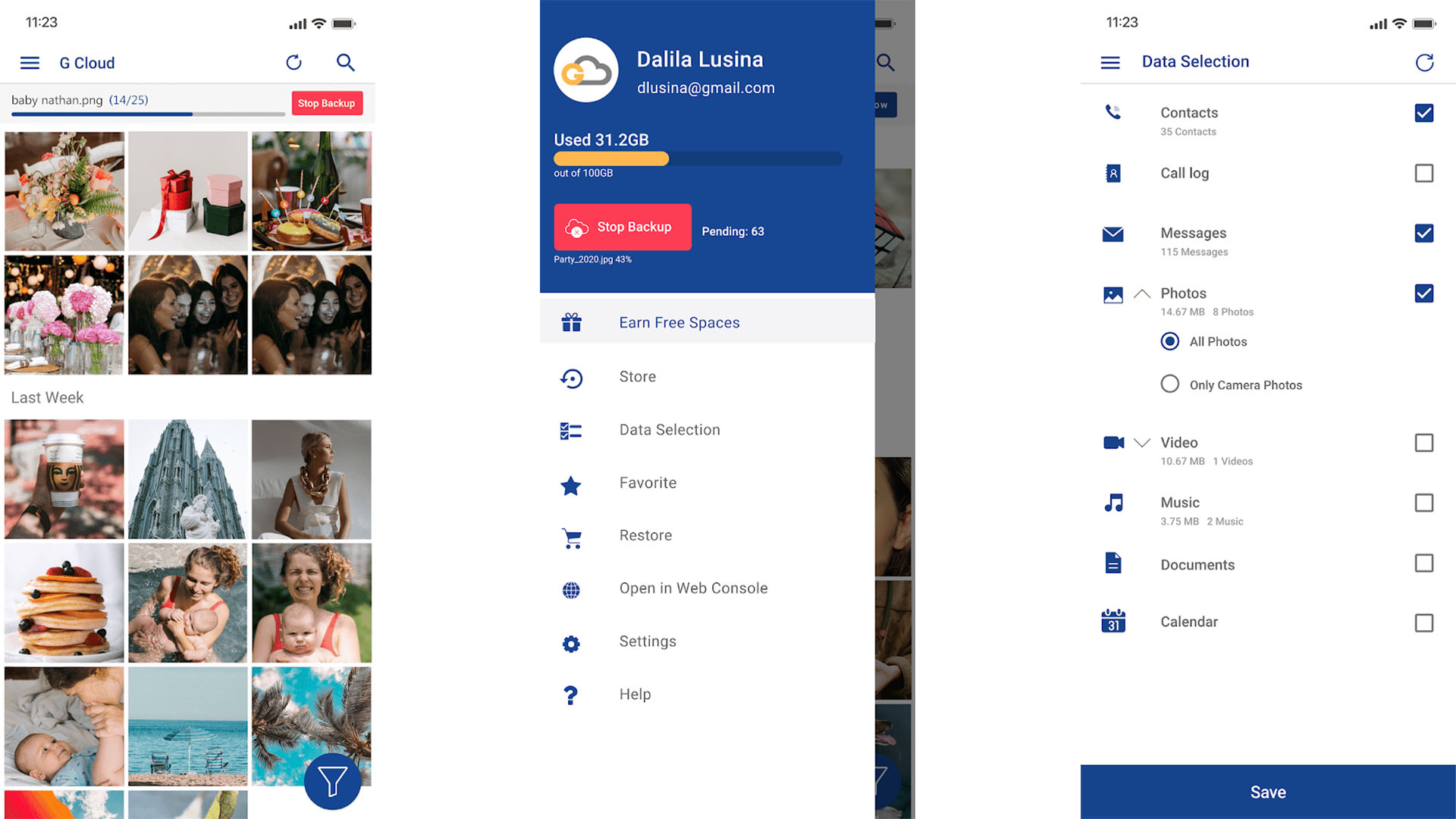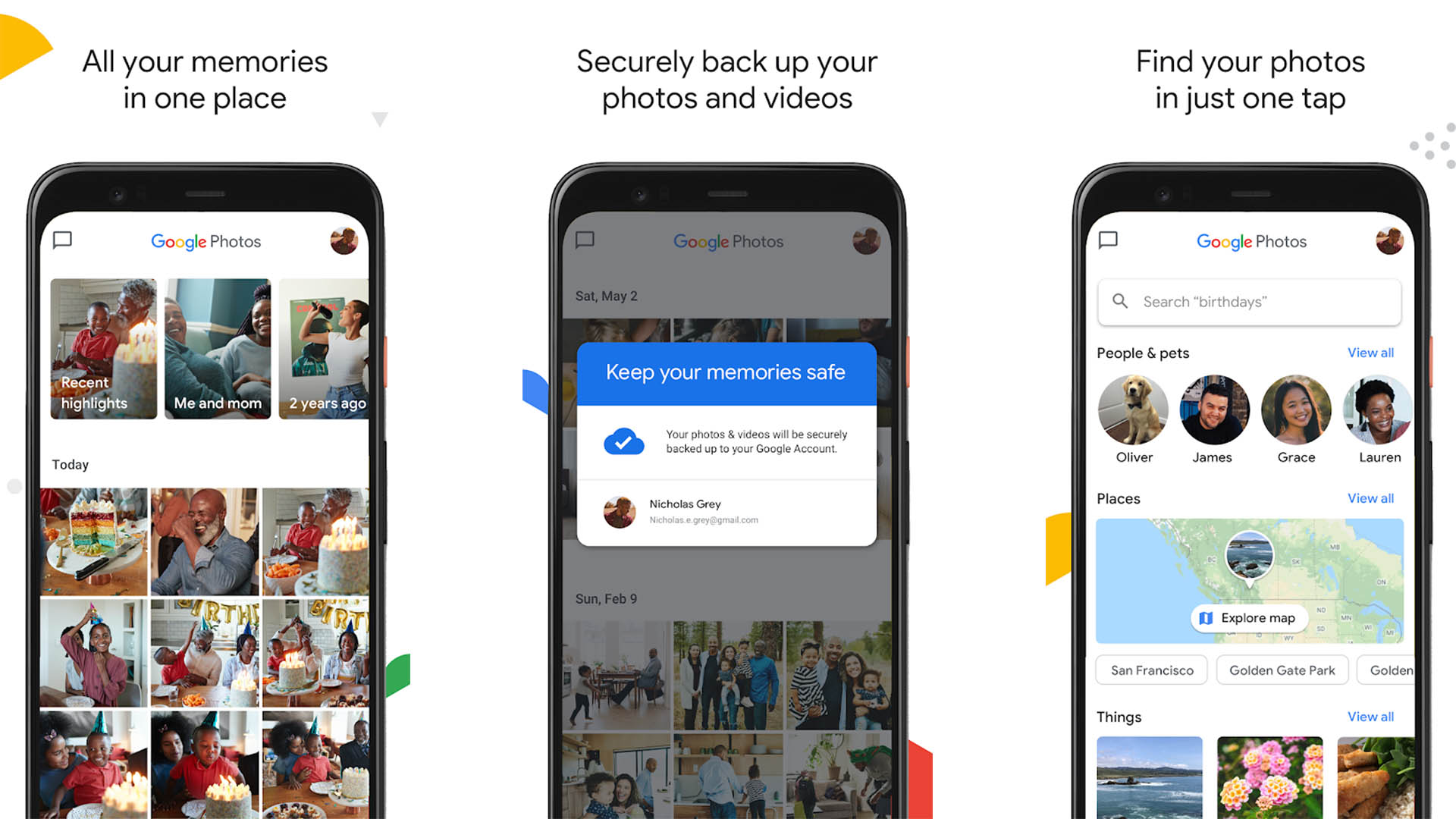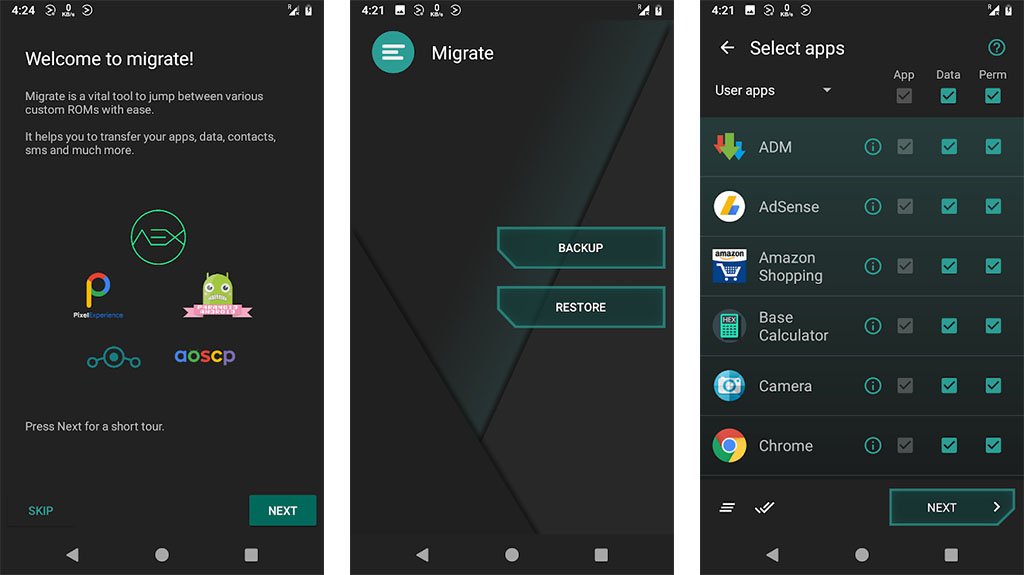- How to backup and restore app data with or without root
- What is app data?
- Google’s own backup is getting better and better
- Helium: backup app data without root access
- Helium: backup app data with root access
- Helium: restore app data, with or without root access
- oandbackup: free and open-source backup option
- 10 best Android backup apps and other ways to backup Android
- Autosync by MetaCtrl
- Buggy Backup Pro
- Backup Your Mobile
- G Cloud Backup
- Google Photos
- Migrate (root only)
- Resilio Sync
- Solid Explorer
- Swift Backup
How to backup and restore app data with or without root
When you get a new phone, you have to re-configure all the apps on the new smartphone. Or, you could just backup your app data from the old phone, and restore it on the new one. Whether or not you’ve rooted your device, there’s a way to do this. In this article, we’ll show you how.
Jump to section:
Using Helium backup and restore
Alternatives to Helium
What is app data?
After you install an app on your Android smartphone and begin using it, you accumulate app data, which consists of particular configurations, chat profiles, login information and so on. These are stored in a separate directory. So that other apps can’t access your private information, your app data is private — but this makes backups more difficult. Without special permissions (root access) it is hard to access the private directories of the old smartphone. So, unless an app provides its own configuration backup method, your app data will be lost when you change smartphones.
There’s still a way to backup your app data, though. Some apps allow access to app data via a debugging interface, and this is exactly the method Helium uses to export your app data, even without root access, and transfer it to your new phone.
Google’s own backup is getting better and better
Google no longer only backs up photos, e-mails, contacts and many other things, but also app data. For the majority of users, the best way to backup app data will be Google’s own backup service, often enabled by default.
In order to use it, you have to make sure that the option «Back up to Google Drive» is enabled for your account. You can find the setting under Settings>Google settings>Backup. You can view the active backups in this section.
In Google Drive you can view your backups directly, and in the package you will find the item «App data». There you will find information about which app has saved your data on Google at what time. If you set up a new phone with your Google Account backup, the app data is ideally transferred to your phone immediately after automatic installation. It couldn’t be simpler.

One thing is clear: The quality of Google’s app data protection depends above all on the providers of the apps. App developers need to integrate the functionality meaningfully into their applications so that Google can reliably back up and update the app data. This is not yet the case everywhere, and you may find some apps in your collection where this does not work. But over time, backup gets better and better, and it doesn’t get any more convenient than Google Backup.
If you don’t want to trust Google and the app developers to keep your data backed up for you, there are some alternatives for doing this yourself. One of the most popular apps for this is called Helium, described below.
Helium: backup app data without root access
If you want to move your app data from your old smartphone to your new on as described above, you can do it with the Helium app easily — and without having to root your phone, if you get the Helium Desktop Installer. The application is available for Windows, Mac OS X and Linux. If you use Windows, make sure you have all the relevant drivers installed. These can be found here.
- Install Helium Desktop, and the relevant drivers if necessary.
- Install the Helium app on your old Android device.
Helium — App Sync and Backup 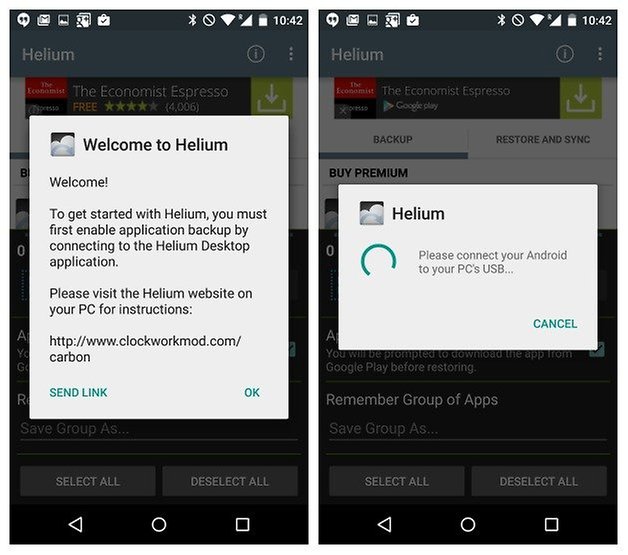
- Start up Helium Desktop — but don’t plug your phone into your PC just yet.
- Enable USB debugging on your Android device. This is in the developer options.
Note: If your smartphone isn’t detected, USB debugging may not have been properly activated. It may also be the case that the appropriate ADB drivers aren’t installed on your computer yet. In the case of a Sony device, go to the Sony Developer website and get them from there. With other manufacturers, you solve the problem the same way.
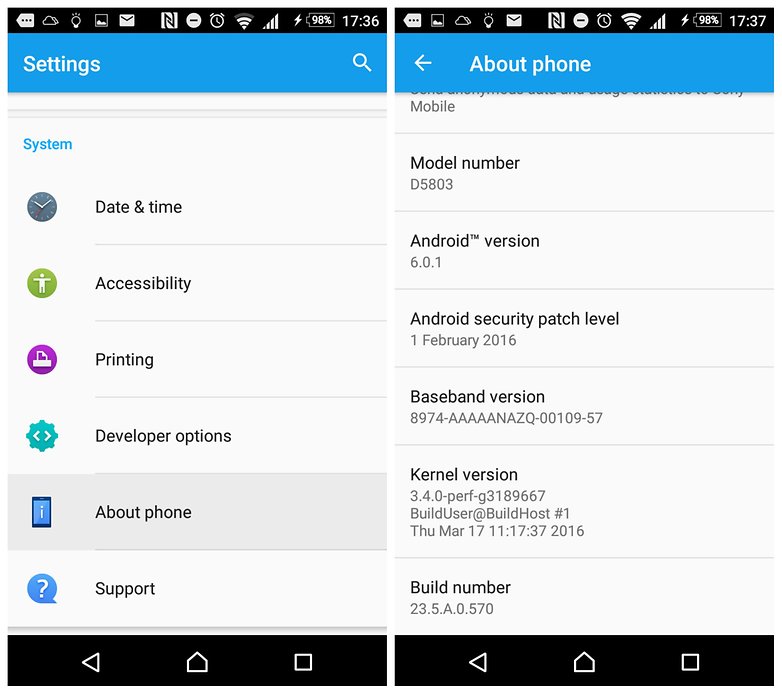
- Start the Helium app on your smartphone and connect it to the PC.
- Once your phone has been detected, unplug it from the PC.
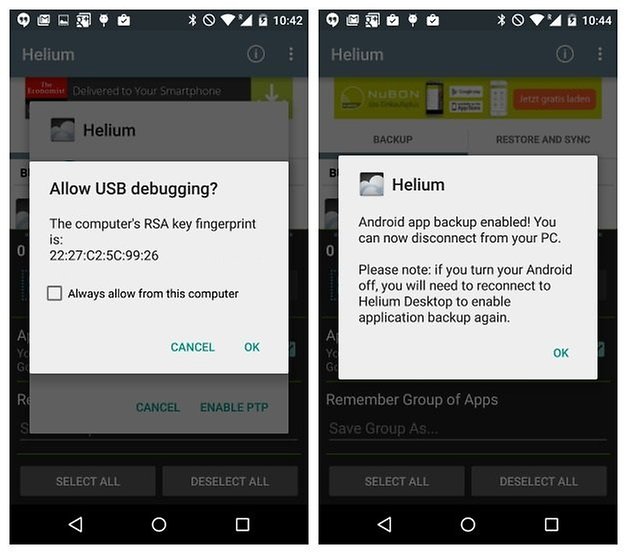
- Now you can go to the app on your phone and select which apps you’d like to backup the app data for. If you want to do them all, choose Select all and tap Save.
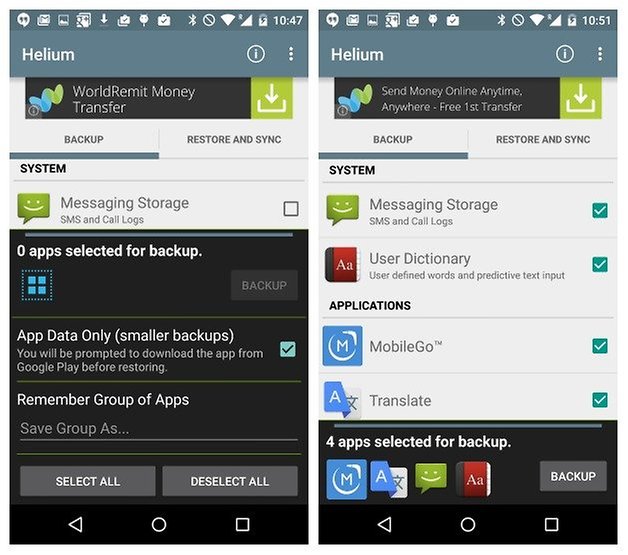
- Next, you decide where to save your backup to. You can choose from the internal memory, microSD or the cloud.
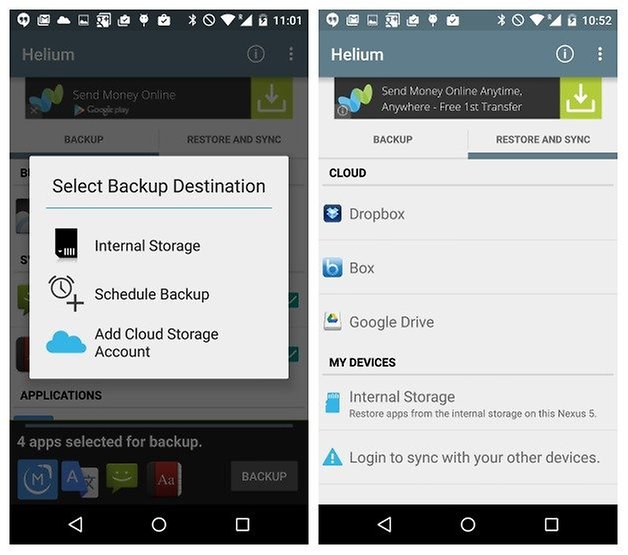
- Next, you wait a few minutes for the backup to complete.
- Once it is done, you’ll get a notification that the backup was successful.
Helium: backup app data with root access
If your Android device has been rooted, backing up your app data is particularly easy. You don’t even have to connect to a PC.
- When you start up the Helium app on your phone for the first time, it will request Superuser rights. These are necessary for backups to be created without connecting to a PC.
- Then, you can follow the same process as above to select which apps to backup and where you’d like the backups to be saved.
Helium: restore app data, with or without root access
With or without rooting your phone, the restoration process is the same.
- Start Helium on your Android device and go to the Restore & Sync tab.
- There, tell the app where to restore the data from. (Restoring from a cloud backup requires the Premium version.)
- Then you can choose to restore app data for specific apps, or all of them. Just highlight the apps, and tap Restore.
- Now, the app data will be restored. Depending on how much you backed up, this could take some time.
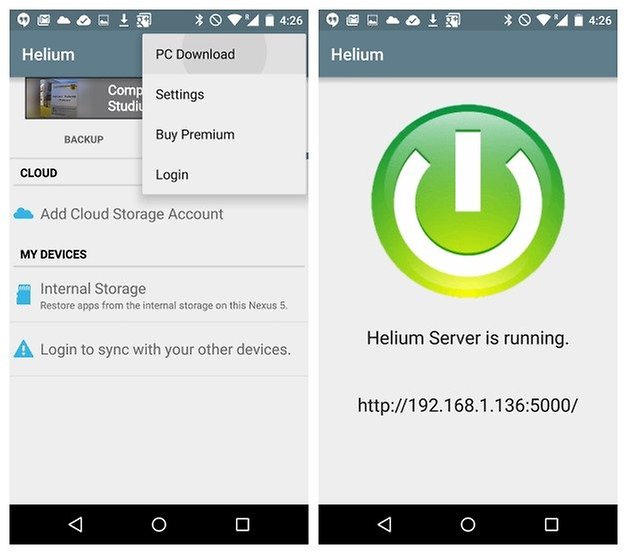
oandbackup: free and open-source backup option
Although the Play Store is lacking in freshly updated alternatives to Helium (many that allow you to back up APKs, but not app data), there’s a good option from F-Droid,a repository for free and open-source software (FOSS).
With oandbackup, you can make backups of selected apps on your device and restore from those backups. The key part is that it allows you to save app data to a user-accessible location. Both backup/restore of single apps and of multiple apps are supported.
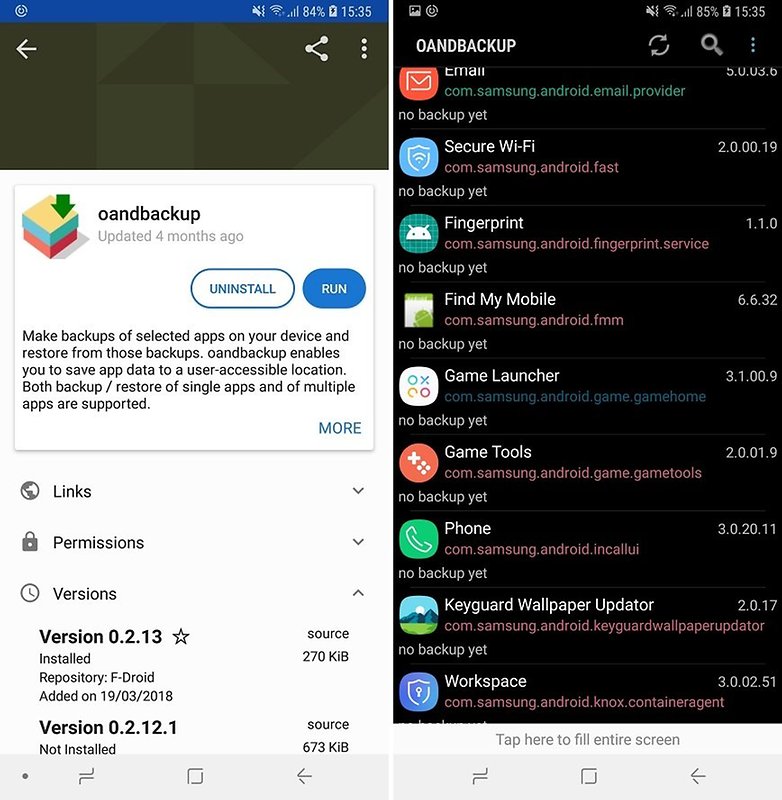
To download and run oandbackup, you’ll first need to download F-Droid, and then download oandbackup from there. The app is still maintained and updated regularly, so it should work on newer versions of Android if Helium has let you down. You’ll need root access for this, however, but it could be your best bet if you don’t want to rely on Google.
If you don’t have root but have Android 4 or higher, you can use the command-line program adb from the Android SDK platform tools to make backups with the help of a desktop computer.
WARNING: this method does not work for apps which disables adb backup, or for some smartphone brands such as Xiaomi.
Do you have any other backup tips for Android? Share them with us in the comments.
Источник
10 best Android backup apps and other ways to backup Android
Also, don’t forget that Google plans on backing up your phone for free anyway so do take that into consideration.
Read more:
Autosync by MetaCtrl
Price: Free / Up to $9.99
Autosync is a series of backup apps by MetaCtrl. They are available for Dropbox, Google Drive, OneDrive, Box, and MEGA as separate apps. Each one lets you backup files automatically. Files also sync both ways. Thus, if you upload something to Drive, Autosync for Google Drive puts it on your device and vice versa. Users can choose sync intervals, the types of files that go to the cloud, and more. It also includes Tasker support. The premium features include support for files larger than 10MB, multiple folder syncing support, a passcode setting, no ads, and improved support options. There are multiple tiers of premium. A single $1.99 removes ads, $4.99 adds support for larger files and multiple folders, and $9.99 gives you everything. The developer is working on a universal app where you can pay for the services you use instead of downloading separate apps as well and we’ll keep you up to date about that as we update this piece.
Buggy Backup Pro
Price: Free
Buggy Backup Pro is actually a decent backup app for applications. It can copy APK files to your internal storage or cloud storage as you need. Those are the actual APKs and install perfectly fine. At least, they installed fine during our testing. You can also share APKs, check the package name, the app version, and date installed. Some additional options include an uninstall option, Material Design, and an auto-backup function in case you want to be lazy with it. This isn’t nearly as powerful as root-only backup apps like Titanium Backup. However, this is about as good as it can possibly get for non-root users. Please be sure to follow the app’s instructions, though, as some people didn’t and lost all of their data.
Backup Your Mobile
Price: Free (with ads)
Backup Your Mobile is another basic solution for backup apps for those who don’t need a lot of features. It can backup a lot of things including apps, system settings, SMS, MMS, call logs, and other various bric-a-brac. The UI is fairly simple and using it to backup stuff should only take a few minutes of poking around. It looks antiquated, but it’s not like you’ll use this app more than a few times. Some have reported the occasional bug. Thus, your mileage may vary. Thankfully, it’s free so it won’t cost you anything to try it.
G Cloud Backup
Price: Free / $3.99 per month
G Cloud is a cloud storage option, but one specifically for device backups. It can automatically or manually backup your SMS messages, contacts, photos, videos, music, documents, call logs, and other various files. It can even backup your settings in some cases. You can configure automatic backup for favorable circumstances like when your device is charging and also connected to WiFi. The service gives you 1GB for free and you can earn more free storage with various little gags in the app. It also boasts a $3.99 option for unlimited storage. This isn’t like Google Drive or OneDrive or anything like that. It’s a cloud storage service specifically for phone backup material and that’s kind of neat. G Cloud has no association with Google whatsoever.
Google Photos
Price: Free (first 15GB of space) / Optional subscription prices vary
Google Photos kind of counts as cloud storage. It automatically backs up and restores your photos to Google Drive. It requires actual Google Drive space (starting June 2021), but it’s a lightweight, hands-free, automatic method to do so. The app also has a bunch of extra features, including the ability to view photos on your device, remove photos from your device if they’ve already been backed up, and it’ll automatically sort stuff into albums. There alternatives if you don’t want to use Google’s ecosytem. We also recommend Amazon Prime users check out Amazon Photos (Google Play link) since that’s free. It’s still a great option but not as great as it was when it was free.
Read more:
Migrate (root only)
Price: Free
Migrate is a handy tool for root users who flash a lot of ROMs. It basically backups up everything. That includes apps, app data, app permission settings, SMS messages, call logs, contacts, screen DPI settings, and even your default keyboard option. You back everything up and the app creates a flashable ZIP file. You flash your new ROM and then flash the ZIP created by Migrate. The ROM boots up, you let the restore process finish, and that’s it. This is still a very new app with plenty of little bugs. It is, after all, still in beta. Thankfully, the only people who can even use it are root users so you all know what you’re in for here. This competes favorably with Titanium Backup if we’re talking about strictly backing up apps and such.
Resilio Sync
Price: Free / $30-$50 / $29 per month (business use)
Resilio Sync is among our favorite cloud storage apps and easily one of the best backup apps. It works almost exactly like any other cloud storage service. However, instead of backing up to some mystery server somewhere, you back up your files to your own computer. It takes a little while to set up because you need to connect your phone and your computer together so they can sync up. Otherwise it works like any other cloud storage app. You backup your files and they appear on your computer where you can do what you want with them. The files are encrypted as well for an added layer of security. This is a great option for people who like the idea of cloud storage, but don’t want large companies holding their private data. The free version works fine for basic uses. You may need the pro version if you want more control.
Solid Explorer
Price: Free trial / $2.99
Solid Explorer is a file browser app with plenty of functionality for backups. It supports micro SD cards along with various cloud storage services. Thus, you can backup your files all in one interface. It’s not the only file browser with this access and we also recommend MiXplorer Silver and its above average cloud storage support. In any case, the process is relatively easy. You go in, pick the files you want to backup, and then back them up to either your micro SD card or your cloud storage account. Additionally, Solid Explorer has support for FTP servers and other forms of self-cloud style data backup.
Swift Backup
Price: Free / Up to $7.99
Swift Backup is one of the newer Android backup apps on the list. The app supports both rooted and non-rooted devices. Non-root features include apps, SMS (with experimental MMS support), call logs, and applied wallpapers. Root access adds app data, permission data (useful for Magisk users), and WiFi network configurations. It uses the cloud to backup data and includes support for Google Drive, Dropbox, ownCloud, Nextcloud, and custom WebDAV and NAS as well. The premium version adds things like scheduled backups for things like call logs and launcher icon shortcut backup. The UI is a bit of a learning curve for some, but it’s a respectable backup app regardless.
Источник
